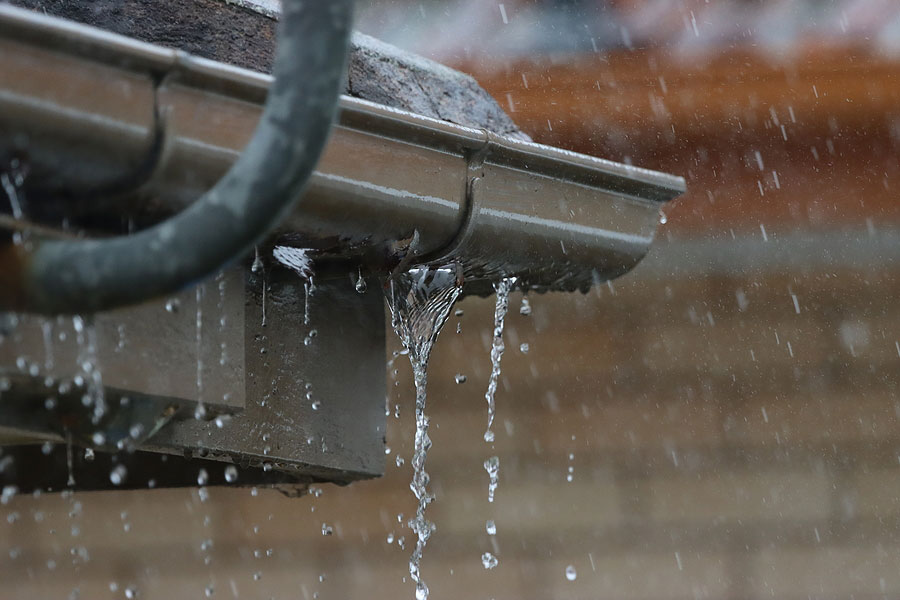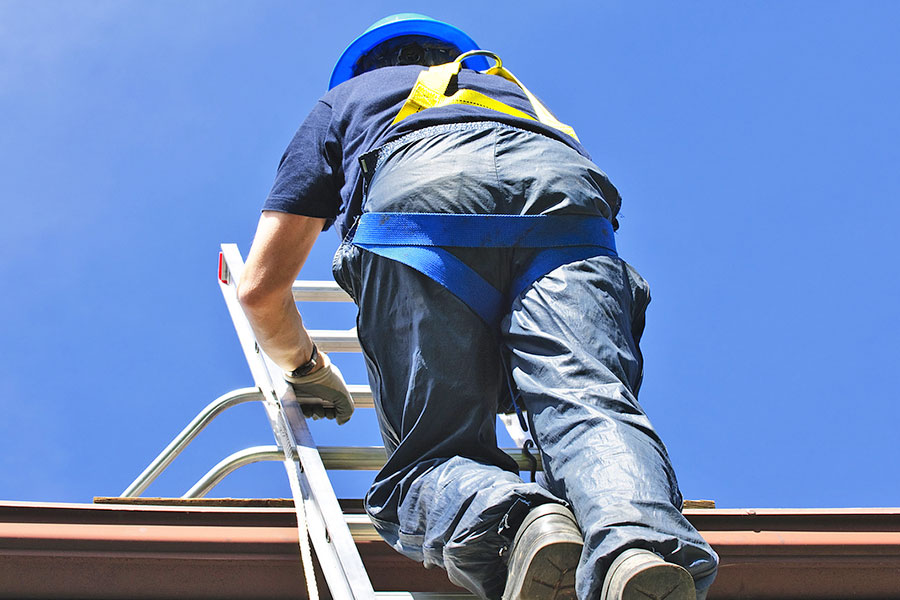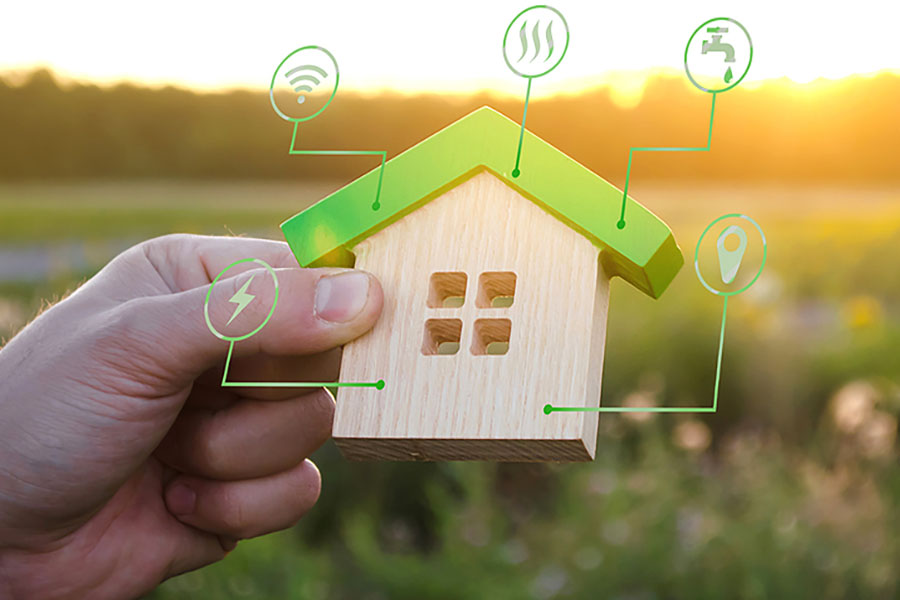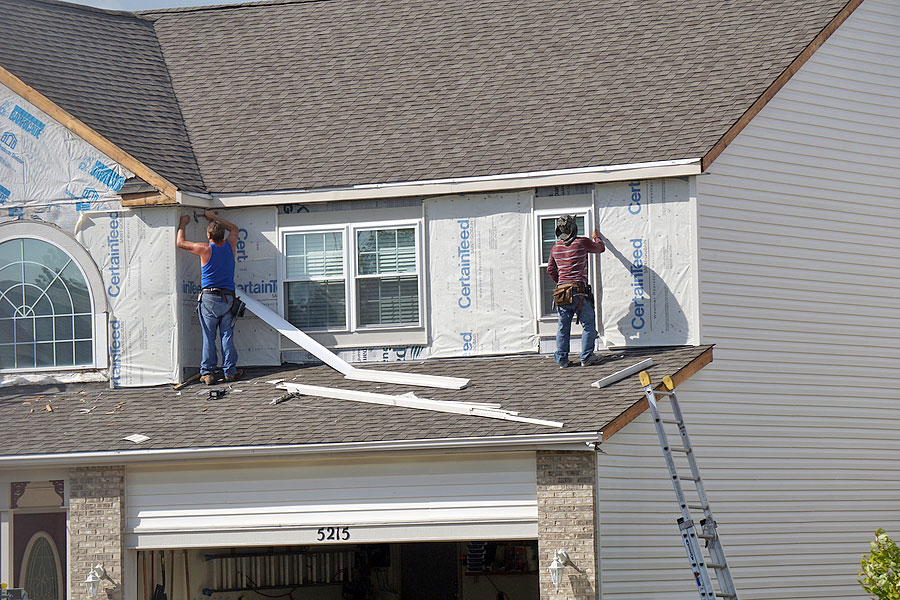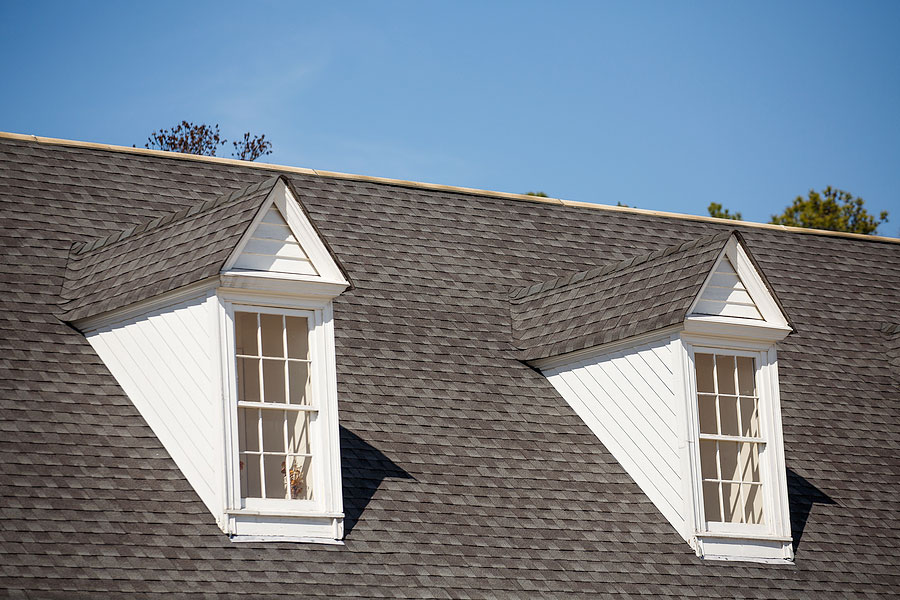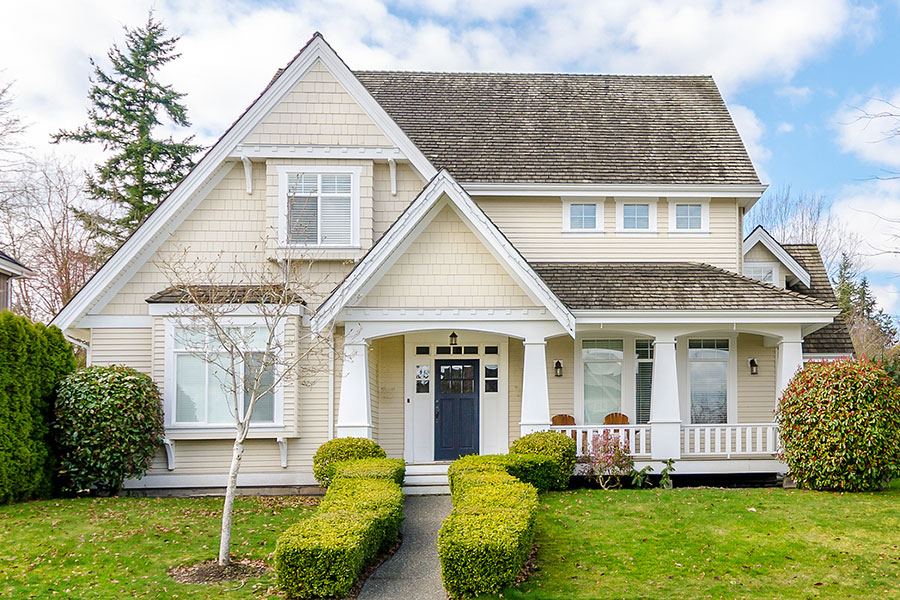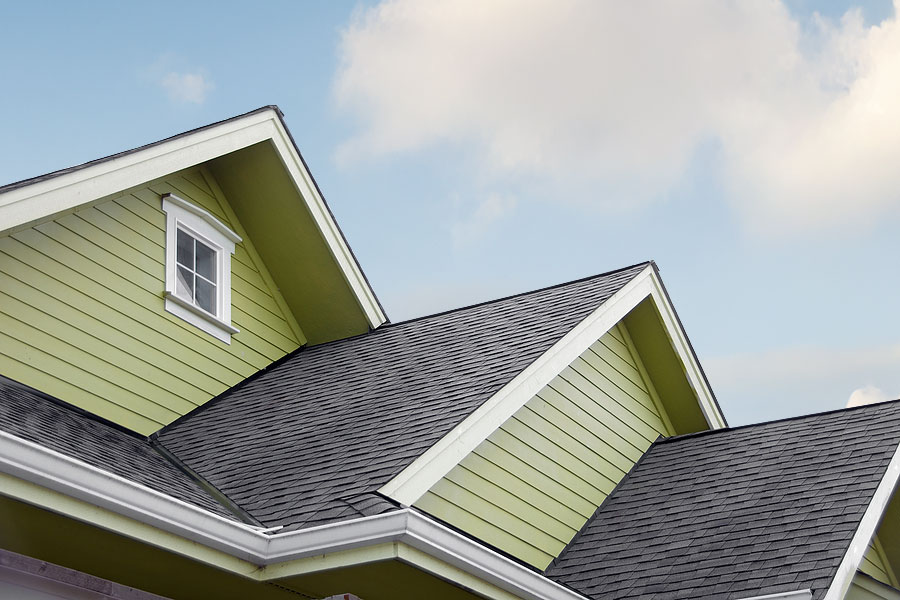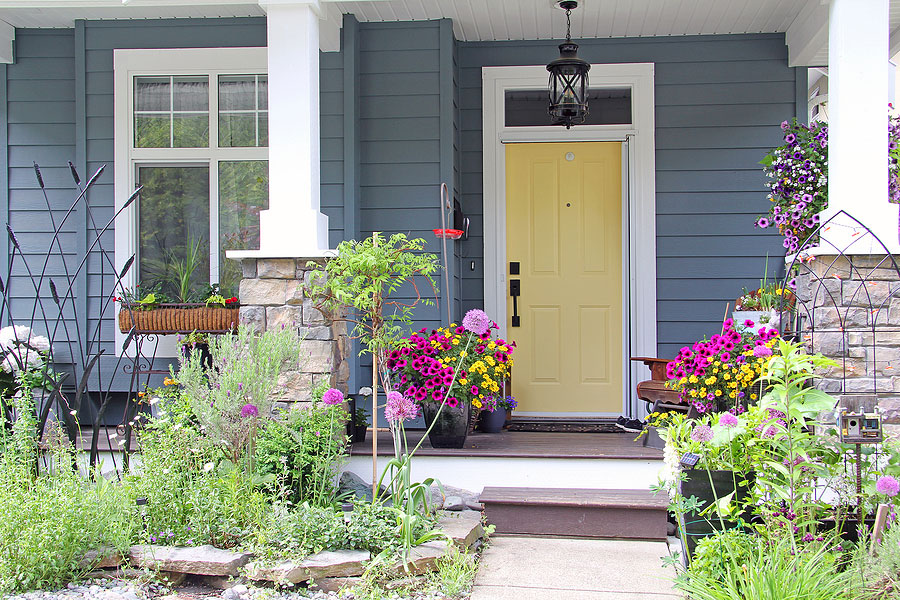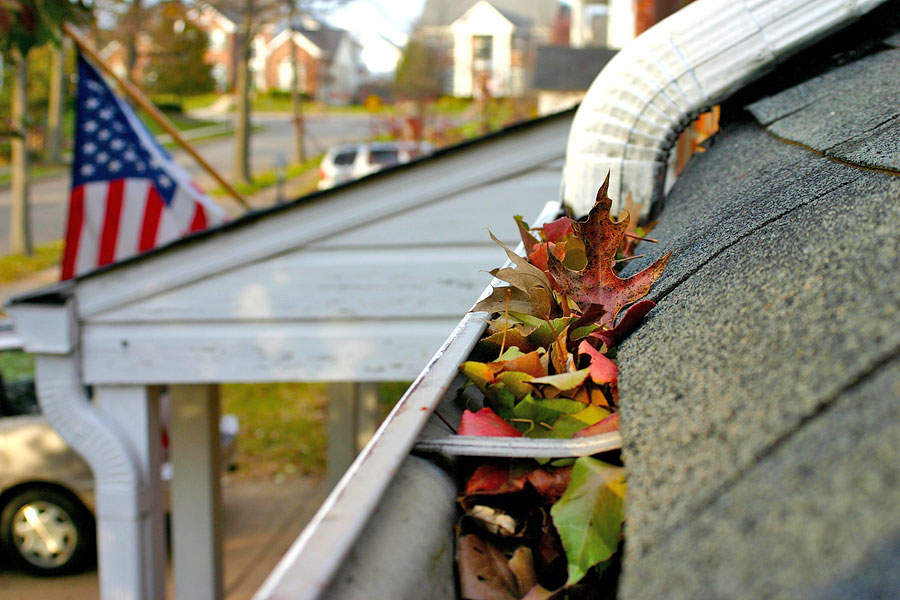When it comes to maintaining your home, the roof is among the most critical components that demand your attention. As a protective barrier against weather elements, knowing its durability is essential for ensuring the safety and longevity of your house. However, like any other part of your home, roofs don’t last forever. Understanding the lifespan of various roofing materials and knowing when replacement is necessary can save you both time and money in the long run.
Choosing the Right Roof
Different roofing materials come with varying lifespans. For instance, many homeowners choose to replace shingle roof systems every 20 to 25 years to maintain their home’s structural integrity and curb appeal. On the other hand, slate roofs can last 75 to 100 years if properly maintained. Knowing which type of material you’re working with can help you determine a realistic timeline for potential replacement.
Key Threats to Your Roof’s Lifespan
Despite the durability of certain materials, external factors play a significant role in the longevity of your roof. Weather conditions, such as heavy snowfall, rain, wind, and extreme temperature changes, can all take their toll. Additionally, improper installation and lack of maintenance can drastically reduce the life expectancy of your roof. Roof replacements can make up 94% of the total volume in North American roofing projects and 91% of the value, according to Roofing Insights. This statistic emphasizes the importance of knowing when it’s time to replace rather than repair.
When to Replace Single Roof Systems
If you notice curling or missing shingles, it might be time to replace shingle roof sections before more serious damage occurs. If you’re constantly finding yourself needing repairs or if your roof is reaching the end of its expected lifespan, it might be more economical in the long run to opt for a replacement. The initial investment can save you from frequent repair costs and potential damage to the interior of your home caused by leaks and structural weaknesses.
The life of your roof depends on multiple factors, including material, installation, weather, and maintenance. By paying attention to these variables and recognizing signs of wear and tear, you can make informed decisions about replacement. In many cases, especially as your roof nears the end of its lifespan, replacement becomes a better option than constant repairs. Investing in a new roof can provide peace of mind, maximize your home’s safety, and ultimately offer better financial benefits over time.




